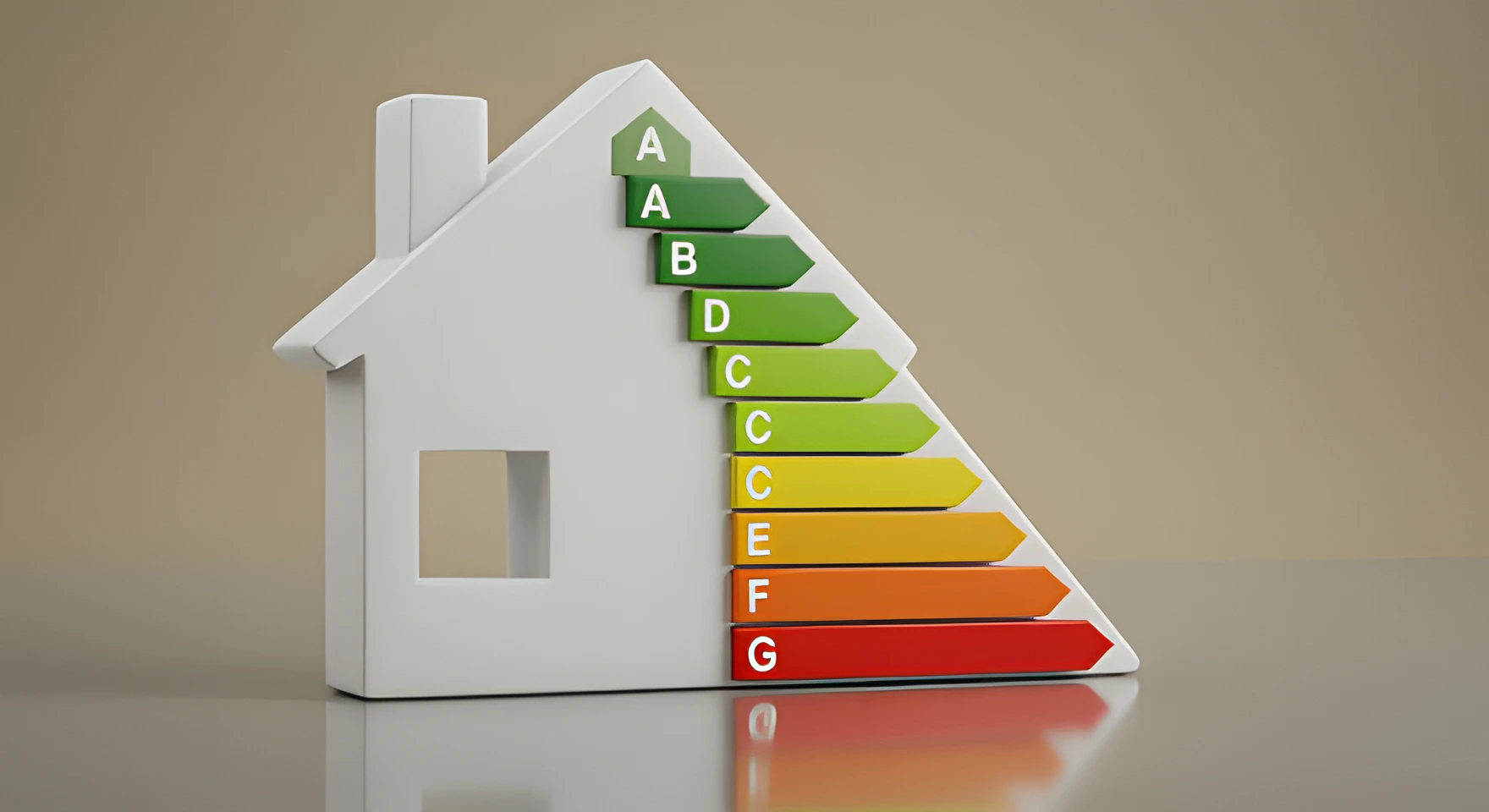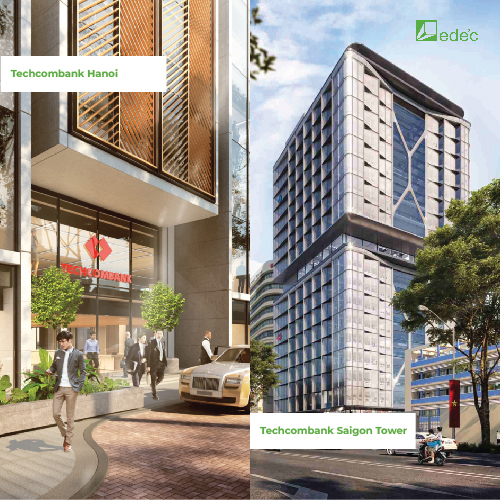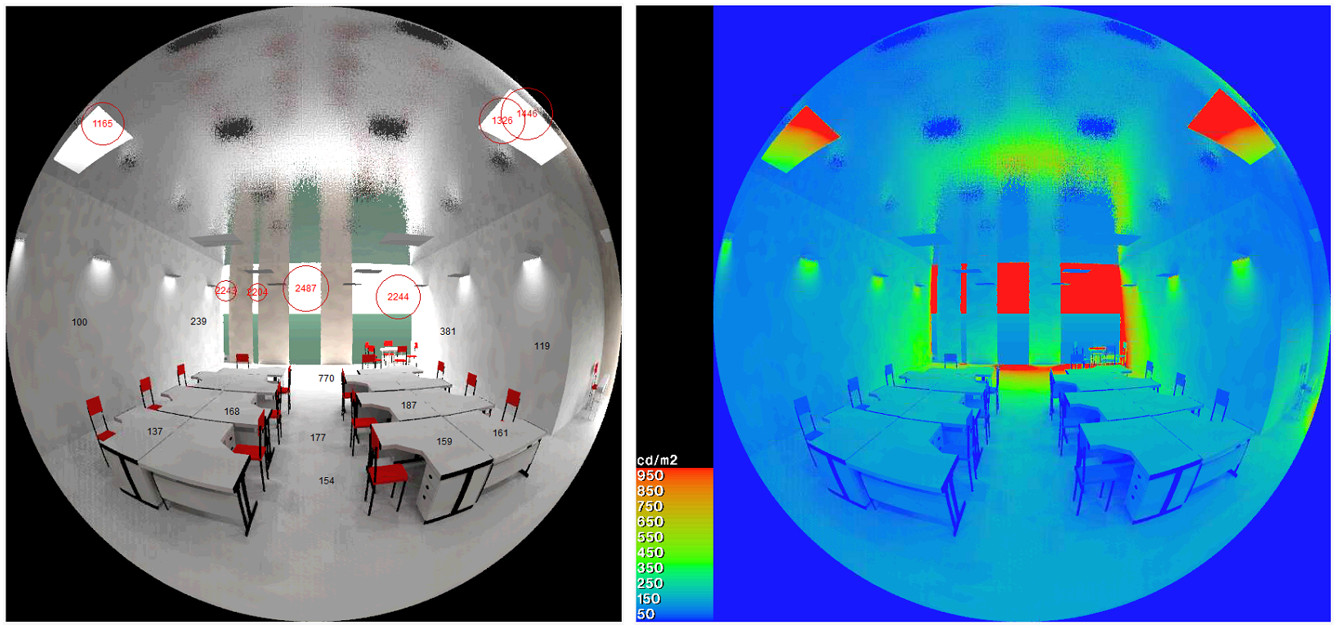RESOURCES
(Part 1) Designing Most Energy-Efficient Buildings Without Increasing Costs

Designing Energy-saving Buildings without increasing construction costs is an inevitable and favorite choice of many units.
Optimizing the operation schedule is a common method of operating units when they want to save energy costs for a building. However, the root of the energy-saving issue must be reviewed right from the design stage of the building, that is, energy control must be undertaken from the beginning drawings when the new building has several different cubic options.
Here are the top 5 most effective methods revealed by Vietnam’s “Top” Energy Efficient Building Design Expert – Mr. Tran Thanh Vu!
Selecting the shape and designs of the building
Selecting the shape of the building is an important job that affects not only the architecture but also greatly affects the use of energy. For example, the design of a building with too much East-West surface area, i.e. a large area will receive radiation and sunlight, can significantly increase the capacity of the HVAC system and the energy consumption for cooling, especially in the summer. On the contrary, the choice of shading or taking advantage of the structure of the blocks to shade and create shade also contributes to the effective reduction of the system load.
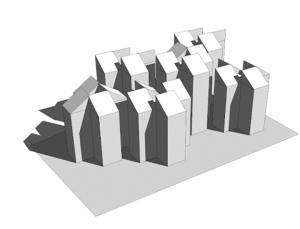
Dispersion block design to effectively sunshade and create shade, and help reduce energy for the HVAC system (3D image of The Villa Hoi An building block)
However, the current popular design process has not taken the energy analysis from the block selection stage into account but is mainly based on the perception and point of view of the Architects. This often creates energy-wasting structures. Architects and energy engineers should closely work together from the very beginning of design when selecting shapes to create energy-efficient buildings.
3 options for the shape will have different results: air conditioning capacity, energy use, and heat absorbed into the façade. Defined right from the concept with the same HVAC system principle.
Comparative calculation of building shape solutions will affect the amount of heat projected on the facades, air conditioning capacity (affecting the cost of engineering systems), and energy early on.
In addition, the design process of high-rise building groups also needs to pay attention to the wind speed at the foot of the buildings, careful calculation from the planning will positively affect the comfort of pedestrians, exercisers, or arrangement of flower gardens, ornamental plants to be used more effectively.
The wind test also helps in analyzing the geometry and predicting the structural load early on.

Wind simulation, 3 alternative structural impact predictions, and pedestrian comfort testing

Wind simulation, 3 alternative structural impact predictions, and pedestrian comfort test
An example of the choice of shape affecting the operation and energy of the building
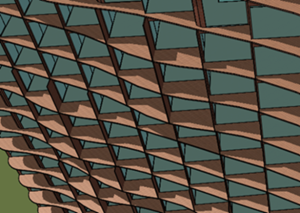
The real model of 1 hotel balcony in thermal simulation Shading factors (top, bottom, right, left) of the balcony when fully calculated If the shape of the balcony is designed and optimized deeply, even the balcony will reduce both investment costs and operating costs.
Even the correct, sufficient calculation of the shading factors between the blocks, or the complete calculation of the heat effect of the balcony, are of little concern. Most of the popular thermal and air conditioning calculations in Vietnam ignore these factors, which will lead to a waste of investment in technical systems, especially for coastal hotel projects, where the balcony has many different shapes for sightseeing and façade decoration.
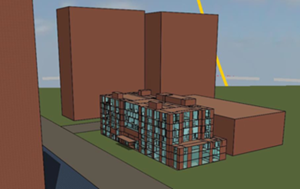
The proper calculation of the shading effect of neighboring blocks helps to reduce investment costs, determine correctly the actual operating conditions, and increase energy efficiency.
The difference in solar radiant energy entering the hotel room with and without a sunshade (balcony glass door facing the East Sea). The proper calculation for the shading effect of the balcony will greatly reduce the investment cost of the central air conditioning system.
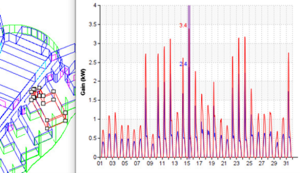
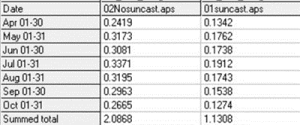
The difference of energy entering the room during the months when the air conditioner is on is up to 45% with and without the influence of the balcony shading taken into account. Identifying thermal and energy fluctuations accurately will help optimize exactly how the hotel and chiller rooms run.
Taking use of natural lighting
Taking use of natural light helps minimize artificial ones and reduce power costs for the lighting system.
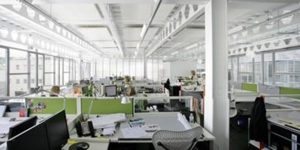
The building takes advantage of natural light to reduce the use of electric lights
Designs that take advantage of natural light must be considered at an early stage of the building design process. The most important decision is determining the orientation of the building and how the glazing is installed in line with the sun path. Next is the roof and façade design, the selection of glazing and daylight control systems such as blinds and glass doors.
Generally, the higher the VLT (light penetration coefficient of glass), the more light can be taken in, but be mindful of glare to eliminate discomfort. Therefore, don’t overuse natural light, but use it with glass elements to achieve the highest level of lighting comfort while still conserving energy.

Calculating brightness and predicting luminance
Therefore, natural lighting should not be abused but should be used in combination with glass elements and sunshades to ensure the best illumination while still saving energy because it reduces the number of lights that need to be lit. . This also needs detailed calculations to forecast the possibilities that may happen in reality.
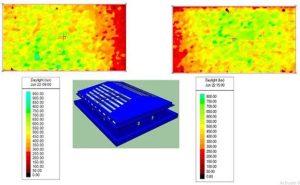
Photo simulation of a building’s natural lighting – Image provided by Edeec
Taking advantage of natural ventilation
The indoor climate is very important to human health. Natural ventilation, much like daylight during the day, helps occupants stay comfortable, healthy, and improves their work and study productivity.
The main purpose of natural ventilation is to take advantage of wind flows from low humidity, moderate temperature outside weather as an alternative source of cooling for the building, and circulate air throughout. Using this approach, the owner can save on energy costs by shutting down the HVAC system when the temperature is right.
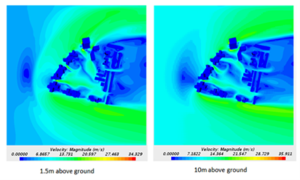
Simulation image of natural ventilation for the building (Image provided by Edeec)
The design that makes use the most of natural ventilation can replace all or part of the mechanical system – reducing the investment cost of the HVAC system, and reducing energy costs – the most expensive part of the operation for the owner investors and project operating units.
For example, The Villa Hoi An project makes the most of natural ventilation from the winding corridor design to create ventilation for the surrounding area behind, the rooms are designed with 2 windows in each room. On two different sides, there are outside-temperature sensor lights in the room so guests know when they can open the windows. These design ideas help significantly save energy for the project and save cost for the investor by about 45% (The project was consulted by Edeec with HQE green certificate – France).
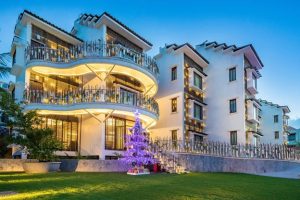
The Villa Hoi An Projetct
Conclusion
The above is “Top Methods of Building The Most Efficient Energy Saving Buildings Without Increasing Investment Costs” (Part 1), synthesized based on more than 10 years of experience in consulting Energy-saving Building Design of EDEEC.
Optimizing energy details to optimize costs for the Owner. Optimizing energy details to optimize costs for the Owner.
Please read the next part here! [Part 2] [Part 3]




